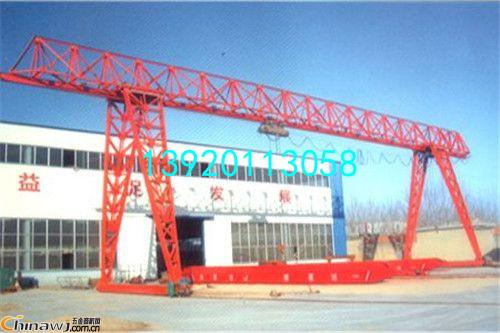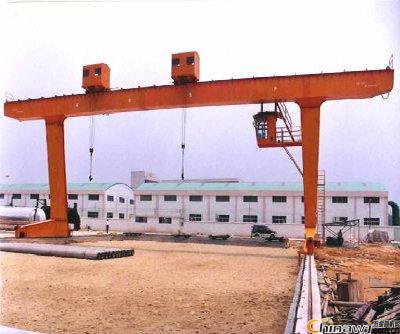In the operation of a hook group, visible damage often includes wear on the hook area and cracking or breaking of the pulley rim. These issues are commonly observed during regular use and can significantly affect the safety and performance of the equipment.
Wear on the hook is typically a normal occurrence, as the hook must adjust its position to balance the load being lifted. This movement can cause the wire rope or spreader to slide against the hook, resulting in gradual wear over time. While some level of wear is expected, excessive damage may indicate improper usage or lack of maintenance.
On the other hand, a broken pulley rim is usually caused by impact. This can happen when the hook doesn't reach the required height, the trolley moves unevenly, or the sling is not properly aligned. Such conditions can lead to strong swings that cause the pulley to collide with surrounding objects. Additionally, if the operator fails to check the limit switch or pays insufficient attention to the lifting process, it could result in the hook "overrunning," causing severe damage to the pulley.
Hidden dangers in the hook group are often harder to detect, such as wear at the bottom diameter of the hook's threaded end or cracks forming between the thread and the shank due to stress concentration. During maintenance, it is essential to remove the hook nut, clean the upper part thoroughly, and inspect it carefully. Regular checks should also be performed on the hook nut and bolts, as well as other connection points, to ensure they are secure and free from damage. Any signs of loosening or breakage must be addressed immediately to prevent the hook from falling off. Additionally, the corrosion of the hook nuts should be monitored, and lubrication should be applied where necessary.
For insulating hook groups, the insulating mats and sleeves must remain intact. These components should be inspected regularly to remove dust and dried promptly if they become damp. Lubrication should be applied to all moving parts and hinge points, and the thrust bearings beneath the hook nuts should be refueled periodically to maintain smooth operation.

Http://news.chinawj.com.cn Editor: (Hardware Business Network Information Center) http://news.chinawj.com.cn
Editor: (Hardware Business Network Information Center) http://news.chinawj.com.cn 
Wear on the hook is typically a normal occurrence, as the hook must adjust its position to balance the load being lifted. This movement can cause the wire rope or spreader to slide against the hook, resulting in gradual wear over time. While some level of wear is expected, excessive damage may indicate improper usage or lack of maintenance.
On the other hand, a broken pulley rim is usually caused by impact. This can happen when the hook doesn't reach the required height, the trolley moves unevenly, or the sling is not properly aligned. Such conditions can lead to strong swings that cause the pulley to collide with surrounding objects. Additionally, if the operator fails to check the limit switch or pays insufficient attention to the lifting process, it could result in the hook "overrunning," causing severe damage to the pulley.
Hidden dangers in the hook group are often harder to detect, such as wear at the bottom diameter of the hook's threaded end or cracks forming between the thread and the shank due to stress concentration. During maintenance, it is essential to remove the hook nut, clean the upper part thoroughly, and inspect it carefully. Regular checks should also be performed on the hook nut and bolts, as well as other connection points, to ensure they are secure and free from damage. Any signs of loosening or breakage must be addressed immediately to prevent the hook from falling off. Additionally, the corrosion of the hook nuts should be monitored, and lubrication should be applied where necessary.
For insulating hook groups, the insulating mats and sleeves must remain intact. These components should be inspected regularly to remove dust and dried promptly if they become damp. Lubrication should be applied to all moving parts and hinge points, and the thrust bearings beneath the hook nuts should be refueled periodically to maintain smooth operation.

Http://news.chinawj.com.cn
 Editor: (Hardware Business Network Information Center) http://news.chinawj.com.cn
Editor: (Hardware Business Network Information Center) http://news.chinawj.com.cn 
Color Track Light,Hue Track Lighting,Track Light White,Rgb Track Lighting
FOSHAN CITY KURUI LIGHTING CO.,LTD , https://www.kuruilighting.com